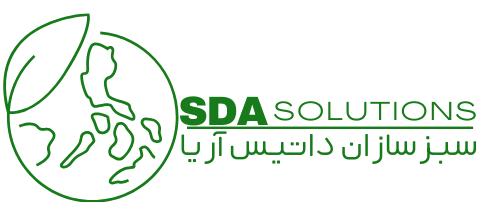History of Recycling in Iran: From the Past to the Present
Introduction: Recycling is one of the most important actions to preserve the environment and reduce pollution. The history of recycling in Iran shows that this country has paid attention to this matter since ancient times. But how did recycling take shape in Iran and how did it reach its current state? In this article, we examine the history of recycling in Iran, traditional and modern methods, and its impact on the environment.
Recycling in Ancient Times
Iranians have long valued the reuse of materials. During the Achaemenid and Sassanid eras, metals, glass, and fabrics were recycled. Historical records show that in some cities of Iran, metal waste was melted and reused. Additionally, the use of broken pottery for producing building materials was another form of recycling in Iran during that period.
Recycling in the Qajar and Pahlavi Eras
With the introduction of new technologies to Iran, recycling methods also changed. During the Qajar era, many waste materials were reintroduced into the consumption cycle. Some families used food scraps for animal feed, and waste paper was used for packaging various products.
During the Pahlavi era, with the development of urbanization and the increase in urban waste, waste collection became more structured. During this period, municipalities implemented waste management and recycling programs, marking the first steps towards establishing a modern recycling system in Iran
Recycling in Iran After the Islamic Revolution
With the increase in population and urbanization, the amount of waste production in Iran rose significantly. Since the 1990s, the government and municipalities have adopted more serious programs for waste separation at the source and recycling of materials. The establishment of recycling plants for plastics, glass, paper, and metals was an important step in this process.
In recent years, awareness and educational programs have been implemented to encourage people to separate waste and reuse various materials. However, there are still many challenges in this area that require further collaboration between citizens and officials.
Challenges and Opportunities of Recycling in Iran
-
Challenges:
-
Lack of awareness and education on waste separation at the source
-
Lack of sufficient infrastructure for the collection and processing of recyclable waste
-
Weakness in government support for the development of the recycling industry in Iran
-
-
Opportunities:
-
Development of new technologies for processing recyclable waste
-
Increasing public awareness about the importance of waste recycling
-
Investment in the recycling industry and the creation of new jobs
-
Conclusion
Recycling has existed in Iran since ancient times and has now become a vital necessity for environmental preservation. Despite the progress made in this field, there is still a long way to go to improve recycling in Iran. Cooperation between the public, government, and private sectors can contribute to sustainable development and the improvement of the country’s environmental conditions.
